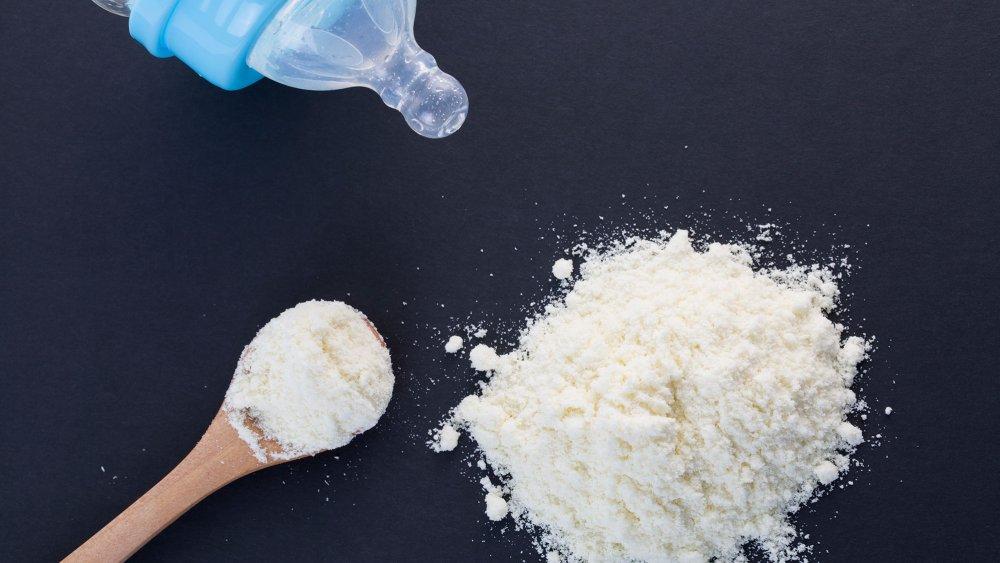5 questions about preparing and storing infant milk
Can I prepare a bottle of milk in advance?
There is advance and advance! Any bottle of milk must be consumed within one hour of its preparation. According to ANSES (National Agency for Food Safety), it is highly preferable to prepare baby bottles “extemporaneously”, that is to say just before taking. In the event of displacement, it is necessary to take the powder and the water independently and to carry out the preparation at the desired time, advises Isabelle Lauras, dietician. Today, there are small milk powder dispensers that are easy to take away! Regarding ready-to-use liquid milk, it can be poured into a bottle in advance and kept cool for a few hours.
Can I keep a bottle of milk in the fridge or freezer?
It depends on whether the bottle has been opened or not. ANSES specifies that after the start of its consumption by the child, any bottle not finished within one hour must be thrown away. Once the bottle has been started, there is a transfer of bacteria between the child's mouth and the bottle, explains Isabelle Lauras.
Baby "contaminates" the milk. Refrigeration does not prevent the growth of bacteria. Ditto for ready-made liquid milks.

As for an unopened bottle, it can remain in the refrigerator. No more than an hour for reconstituted milk, a few hours for ready-to-use liquid milk. It should be consumed immediately upon removal from the fridge.
Video of the day:Can I use tap water for my preparation?
Yes, tap water is not prohibited. However, two things: use only cold water and let it run for three seconds before collecting it (or a few minutes, if you haven't run water for a while). Bottled water is of course allowed. It must be suitable for infants and not be used if it has been in the refrigerator for more than 48 hours.
How to heat it so that it retains its properties?
The ideal remains the water bath or the bottle warmer. Shake the milk well to even out the temperature and test it in the hollow of the wrist, where the skin is most sensitive. Once warmed, baby must consume it within 30 minutes.
As for the microwave, why not, although it is not recommended. According to ANSES, there can be a very great heterogeneity of temperatures within the bottle. This can cause, in the event of excessive temperature, a high risk of burning the mouth and throat of the child and a risk of reducing the nutritional quality of the milk. If this is the only solution available to the mother, it must be heated without a pacifier, and of course shake it then test the temperature. Last precision: you do not warm a bottle by leaving it at room temperature!
Can I use it for cooking?
The liquid growing-up milk can possibly be used for the preparation of some dishes. They often have a sweet and vanilla taste, says Isabelle Lauras. So it will find its place in sweet recipes. As for reconstituted infant milk, that is to say powdered milk, there is no point in using it in cooking. Especially when baby starts his food diversification and can eat solids, he switches to liquid growth milk.








